A well-planned workout routine can quickly turn unpleasant if you're constantly dealing with clingy, sweaty clothes, struggling to squeeze into leggings that have lost their elasticity, or battling persistent odors from previous workouts.
Selecting the right activewear involves more than just how it feels in the fitting room. That comfy cotton t-shirt might seem appealing initially, but halfway through your HIIT session, you'll regret not wearing more functional gear.
Your workout attire should not only look good but also perform exceptionally well. To ensure you choose garments that enhance your exercise experience, it's essential to have some knowledge about the best fabrics for activewear to keep you dry and comfortable for all seasons.
Quality Activewear Fabrics
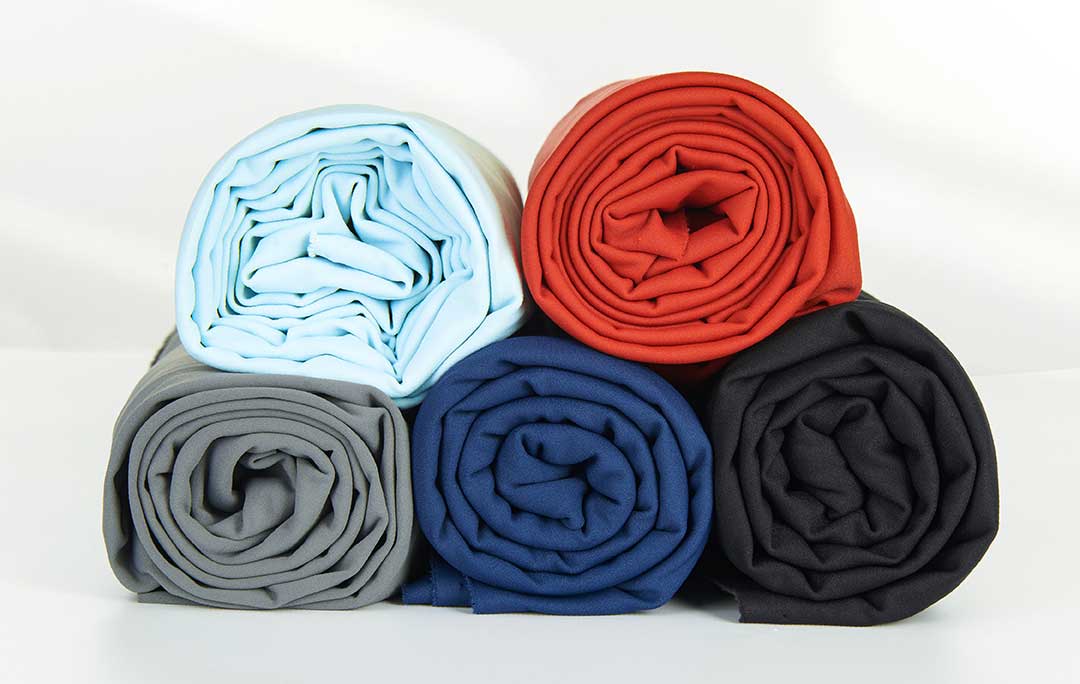
When searching for workout attire, two primary considerations typically come to mind: moisture management and breathability. While the feel and fit are significant, understanding how fabrics handle sweat and heat is crucial when selecting exercise garments.
Moisture management involves assessing how the fabric reacts to dampness. Moisture-wicking fabrics resist absorption, ensuring sweat is drawn away from the body. On the other hand, absorptive fabrics become heavy and uncomfortable when wet, which is less desirable during exercise.
Breathability determines how effectively air circulates through the fabric. Breathable materials allow for the easy escape of hot air, keeping you cool during workouts. Conversely, tighter-knit fabrics trap warmth close to the body, making them better suited for cooler temperatures.
Below, you'll find an overview of the most common activewear fabrics used in workout clothing, their optimal uses, and the conditions they're best suited for.
Polyester
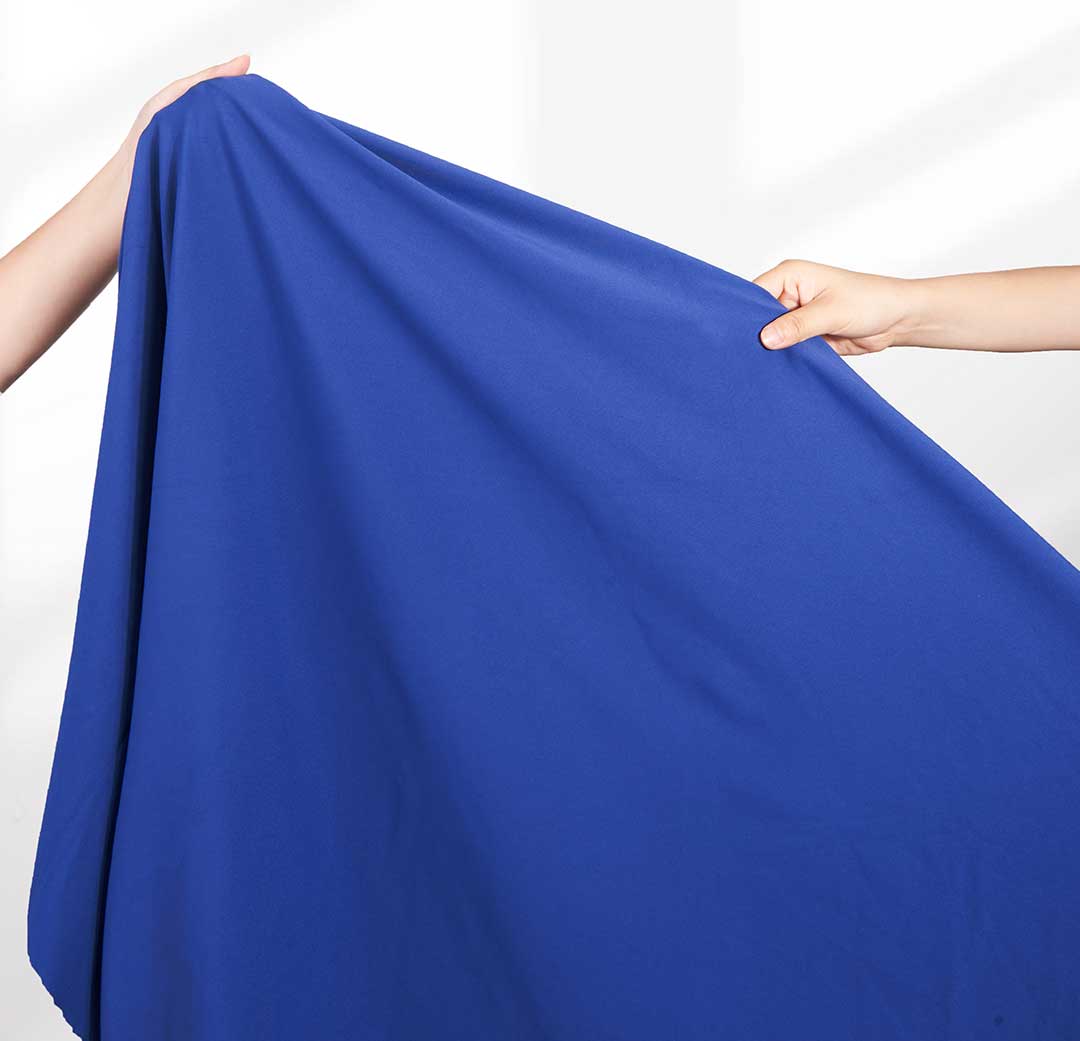
When to wear: Suitable for virtually any workout activity and adaptable to various weather conditions.
Polyester stands out as the backbone of fitness fabrics. It's a staple in almost every garment you'll encounter at an athletic apparel store, and for good reason. Renowned for its exceptional durability, wrinkle resistance, and moisture-wicking properties, polyester efficiently manages perspiration. Additionally, its breathability and lightweight nature facilitate sweat evaporation, keeping you relatively dry during exercise.
Surprisingly, despite its light feel, polyester serves as a reliable insulator, making it a popular choice for cold-weather workout attire alongside tanks, tees, and shorts.
However, polyester does have one notable downside: Synthetic materials like polyester can harbor bacteria and fungi, leading to odor retention. To combat this issue, it's crucial to promptly wash polyester workout garments after use. Avoid leaving a sweaty t-shirt in your hamper for extended periods.
Recycled polyester (rPET) offers the same quick-drying quality as traditional polyester, rendering it a perfect option for outdoor and athletic attire. In addition to its quick-drying attribute, recycled polyester is engineered with enhanced breathability, ensuring a swift circulation of air through its fiber threads. This innovative design not only mitigates moisture and heat buildup but also enhances the fabric's moisture-wicking abilities, a hallmark characteristic of polyester.
Nylon
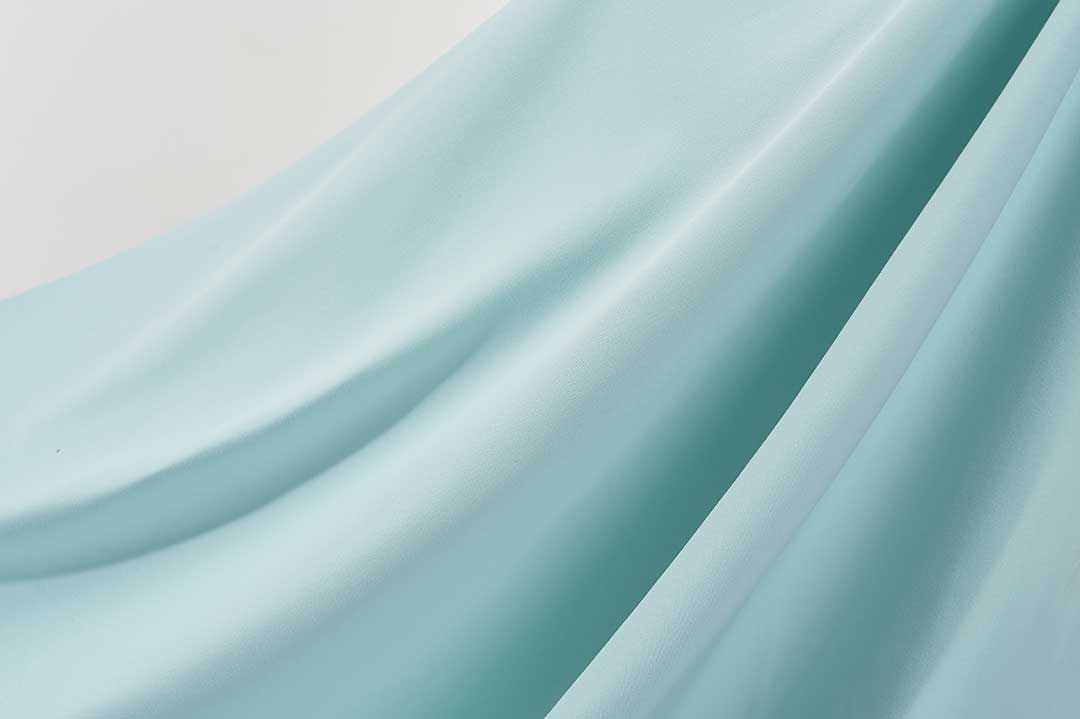
When to wear: Suitable for a wide range of workouts and weather conditions.
Another widely used fabric, often associated with pantyhose, is nylon. Known for its softness, resistance to mold and mildew, and elasticity, nylon seamlessly moves with your body and boasts excellent recovery properties, returning to its original shape and size after stretching.
Nylon is great at pulling sweat from your skin and moving it outside the fabric so it can dry. You can find this helpful material in many types of clothing, like sports bras, underwear, tank tops, t-shirts, shorts, leggings, and cold-weather gear.
Like virgin nylon, recycled nylon is a superhero for staying dry—it's waterproof and has tightly woven fibers, giving it a smooth texture. When water touches recycled nylon, it effortlessly slides off instead of soaking in, thanks to its plastic-like nature. This makes it perfect for outdoor gear, like jackets and bags, as it keeps you dry and stylish during adventures while remaining strong, durable, and lightweight.
Spandex
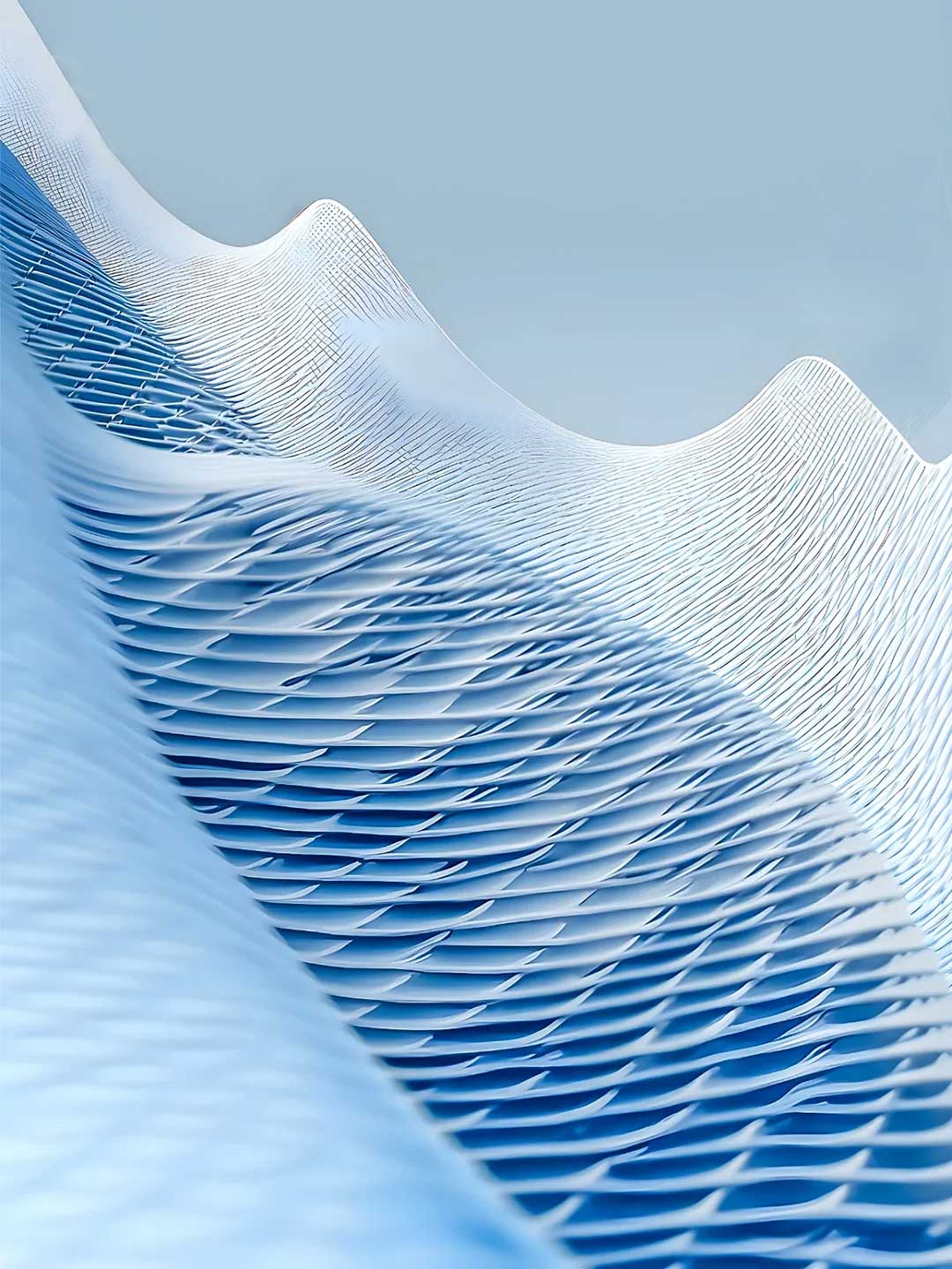
Best worn during workouts involving extensive movement ranges, such as yoga and weightlifting.
Spandex, also known as Lycra, is highly flexible and stretchy, making it ideal for activities requiring broad ranges of motion. This synthetic fabric is commonly found in form-fitting garments like track shorts, leggings, and sports bras, as well as in smaller amounts in socks, boxer briefs, and looser clothing.
While not the most adept at moisture-wicking or breathability, the primary advantage of spandex lies in its exceptional stretchiness—stretching up to eight times its original size. This allows for unrestricted and comfortable movement in all directions. To maintain its elasticity, it's recommended to wash spandex garments in cold water and air dry them rather than subjecting them to heat in the dryer or through ironing.
Merino Wool

Best suited for outdoor workouts in cooler weather.
Wool is commonly associated with warmth, but it's also surprisingly effective as a fabric for warmer temperatures. Merino wool fabric activewear, in particular, stands out for its thinness and softness compared to regular wool, making it an excellent sweat-wicking material.
Merino wool is one of the best activewear fabrics for fall and winter because it keeps you warm in cold weather by trapping heat close to your body. On the other hand, it helps you stay dry in warmer weather by pulling sweat away from your skin.
While pure Merino wool activewear is less common due to its expense, many athletic brands blend it with polyester and other fabrics to enhance softness, breathability, and affordability.
Cotton
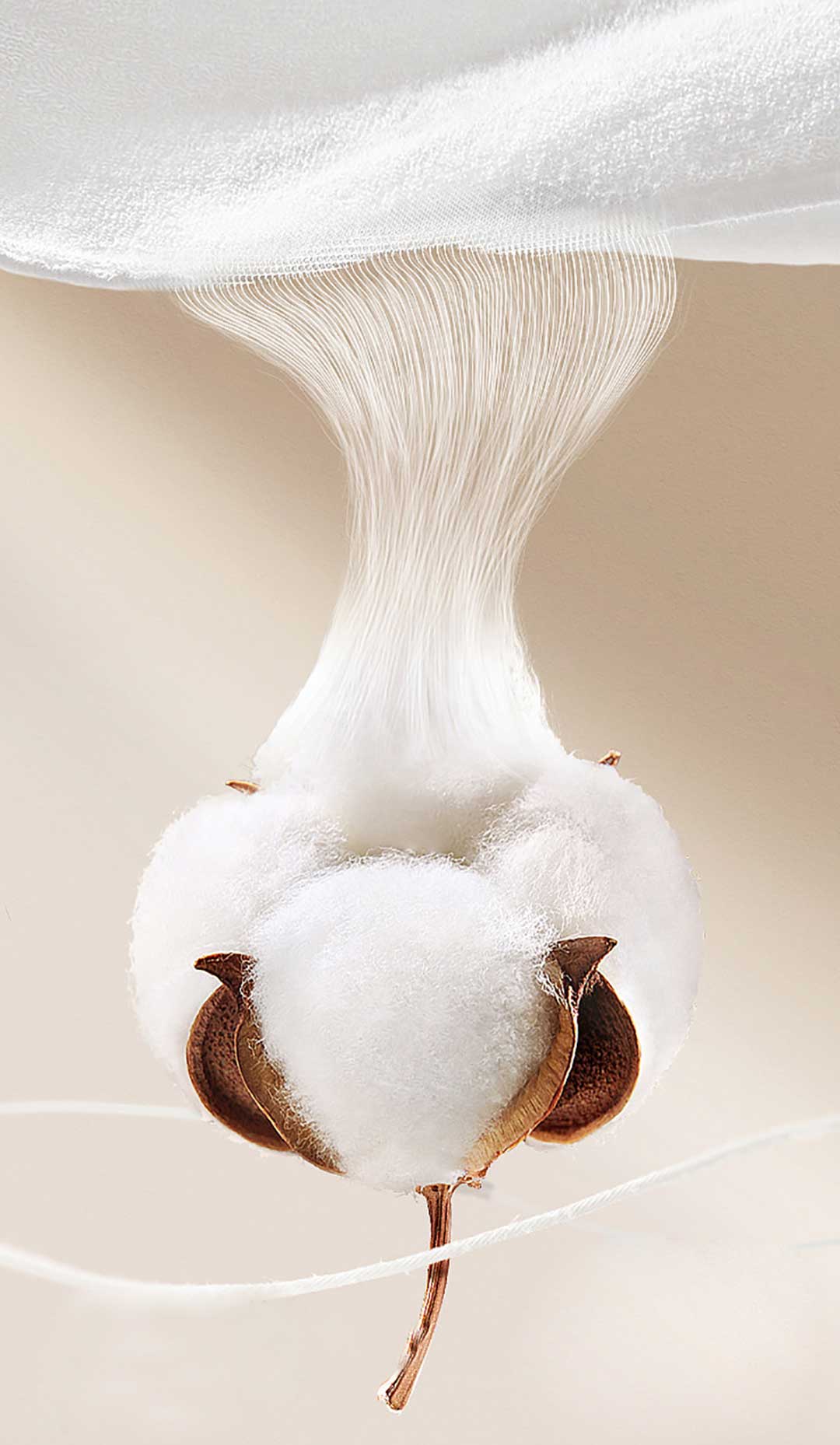
Best suited for warm weather provided you don't sweat a bucket.
Cotton is an excellent choice for everyday wear in warm weather due to its lightweight and breathable nature, provided you're not perspiring heavily.
However, it's wise to avoid cotton when expecting to engage in vigorous physical activity. Cotton's high absorbency means that once you start sweating, your clothes will become heavy and damp, potentially leading to discomfort. This sensation can be exacerbated for those who sweat profusely or exercise in humid conditions, resulting in a feeling similar to wearing a soaked towel.
If you typically don't sweat much or aren't planning an intense workout, cotton may still suffice for your needs. Additionally, cotton boasts good washability and odor resistance compared to some other fabrics, adding to its appeal for casual wear.
Sun-Protective Activewear Fabric

UPF clothing, also known as UPF-rated clothing, comprises garments made from materials tested and assigned a UPF rating, which indicates their ability to absorb and scatter UV radiation, shielding the wearer from sunburn and skin damage.
Unlike traditional sunscreens, UPF clothing works by blocking harmful UV rays through the fabric itself, rather than relying on surface coatings. This engineering process involves designing lightweight and breathable garments while ensuring effective UV protection, achieved by integrating sun-blocking properties into the fabric structure from fiber to yarn. Baleaf's All UPF collection offers a longer-lasting alternative to sunscreen.
The Best Activewear Fabrics Are Sustainable for All Seasons
Activewear fabrics offer diverse options, ensuring you find the perfect match for your activity and style preferences. At baleaf, we are committed to crafting versatile pieces using the best sustainable fabric for activewear designed to transition seamlessly across seasons. Additionally, we take pride in our Sustainable Line collection, which utilizes eco-friendly fabrics, like recycled fishnets and plastic bottles.
At baleaf, we believe in fashion with a heart, prioritizing sustainability and ethical practices in all our endeavors.
Read More
- The Best Sustainable Fabrics for Different Seasons and Occasions
- How To Stay Cool: The Best Fabrics for Hot and Humid Weather
- What Is the Modal Fabric? How Is It Made and Its Uses?
- What Is Water-Resistant Fabric? Which Fabric Is Water-Resistant?
- What Is Tencel? Is It Sustainable?
- Fleece vs. Wool: Which One Is Warmer for Your Winter Adventures?
- Everything You Need To Know About Pima Cotton




